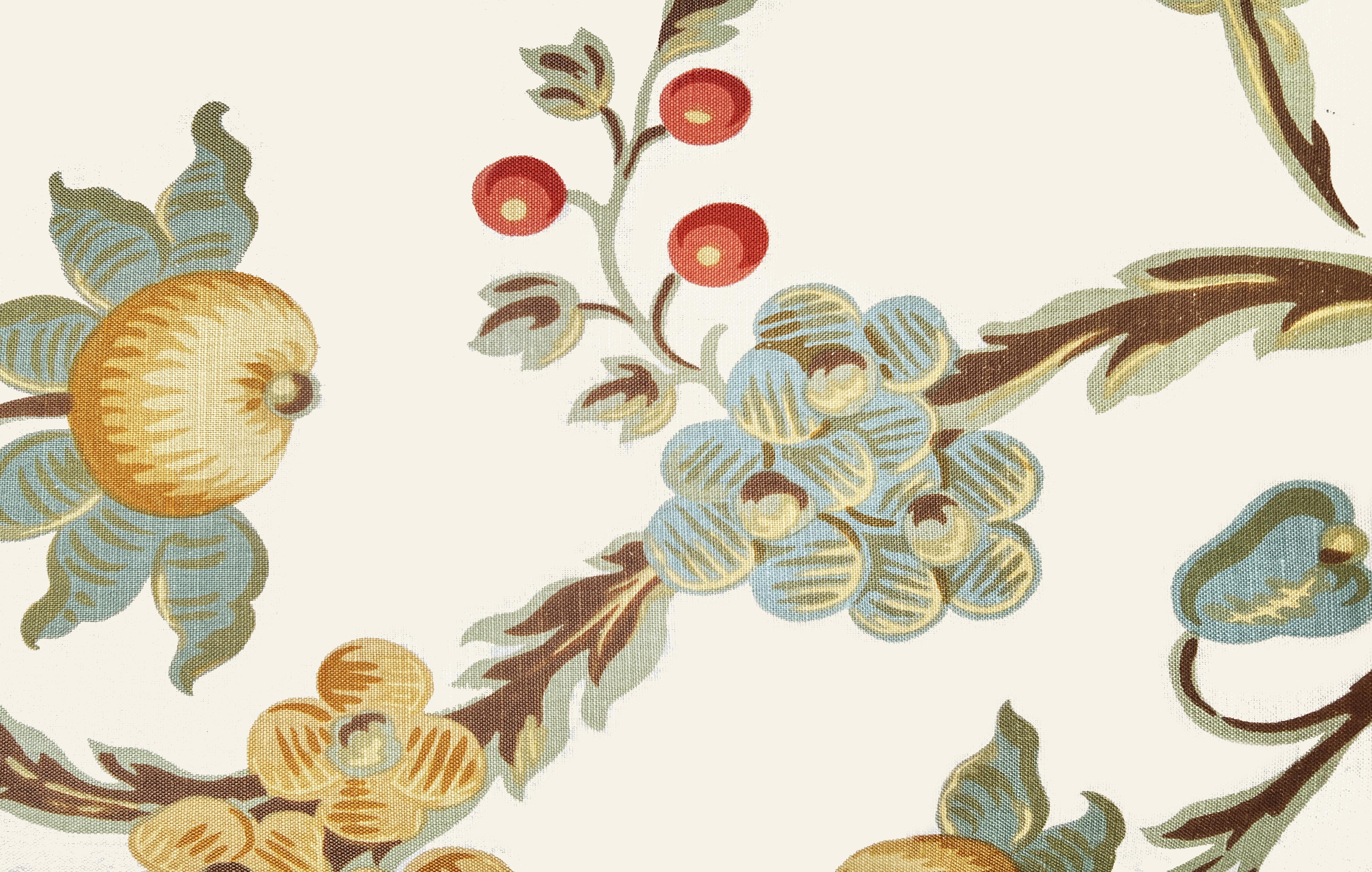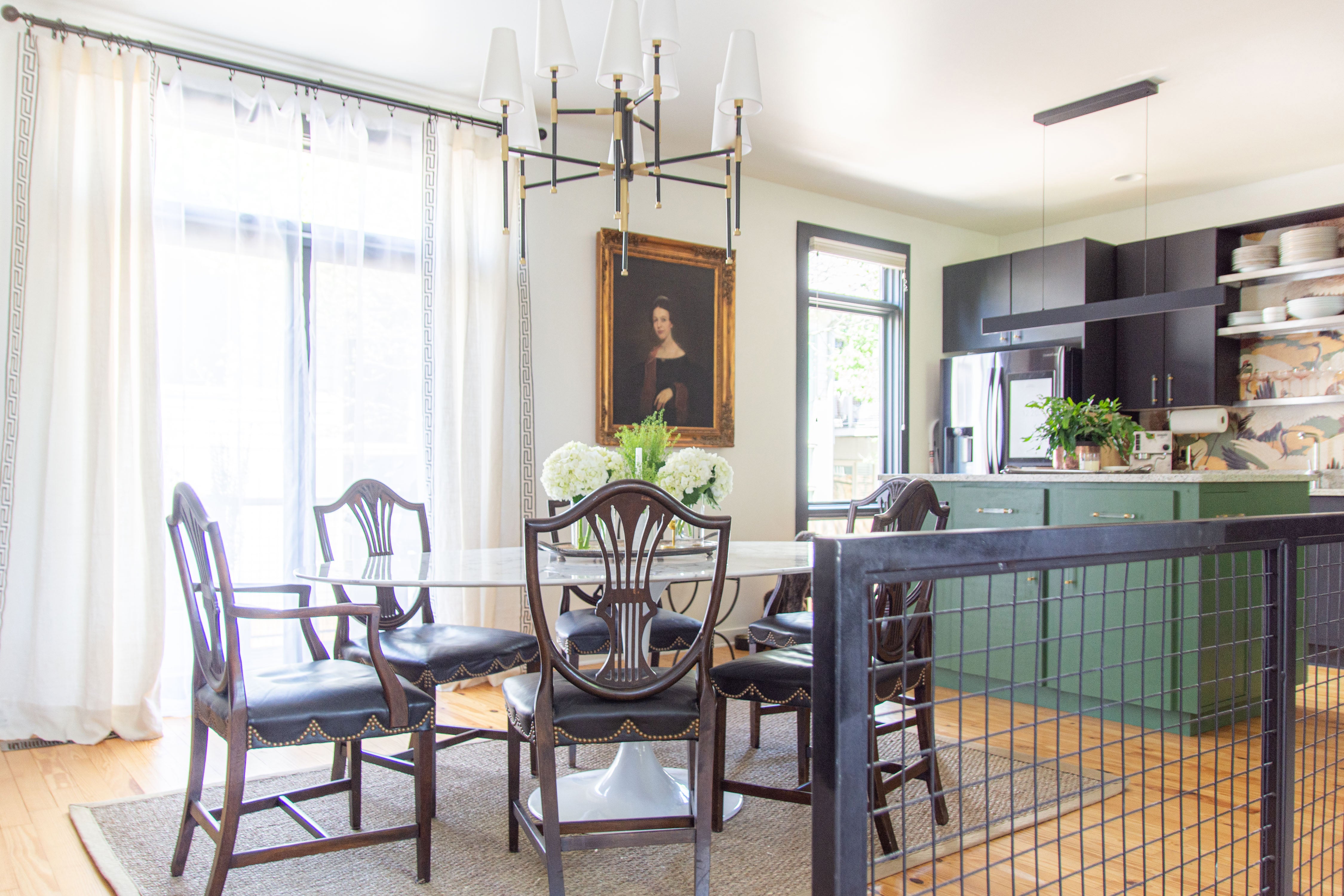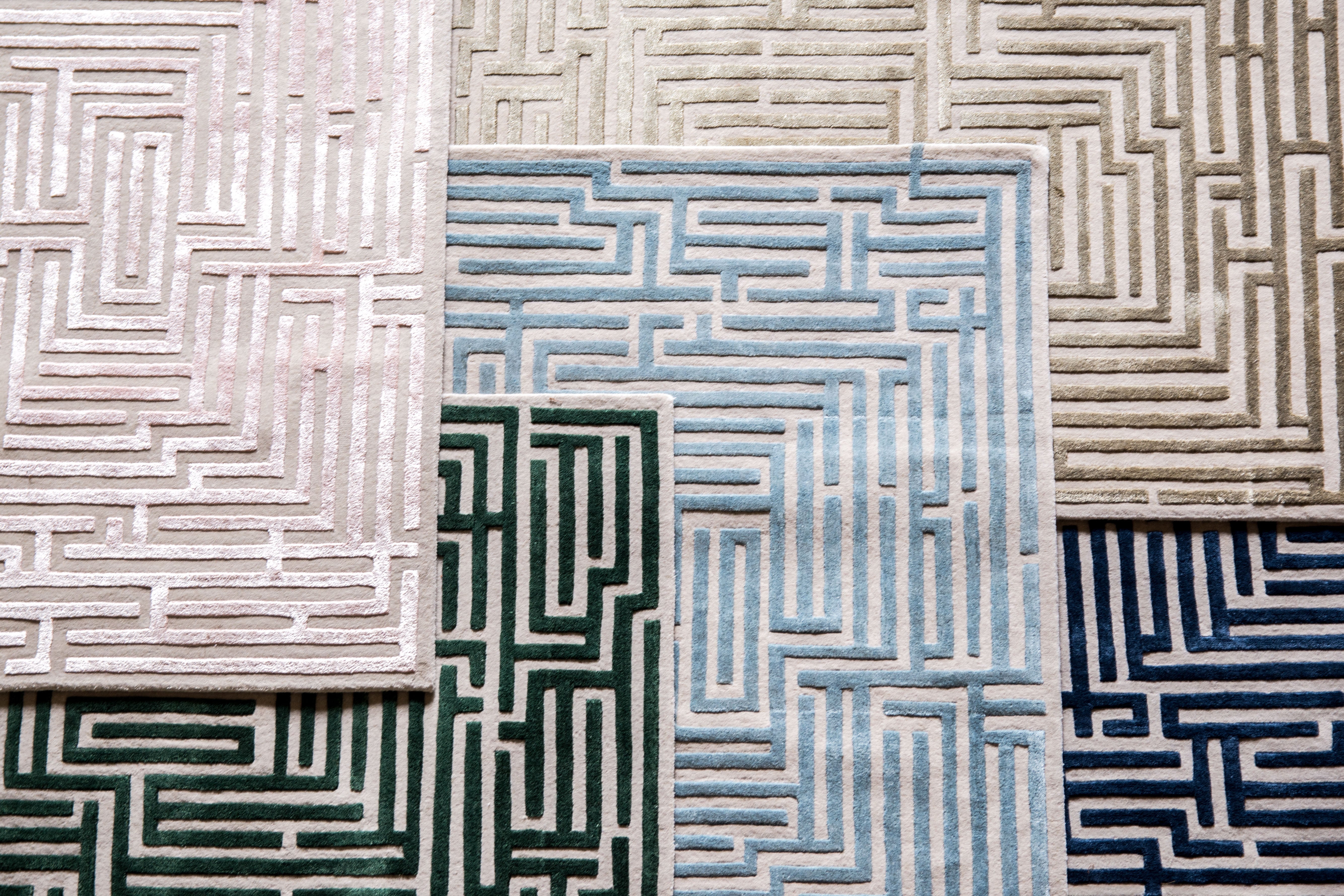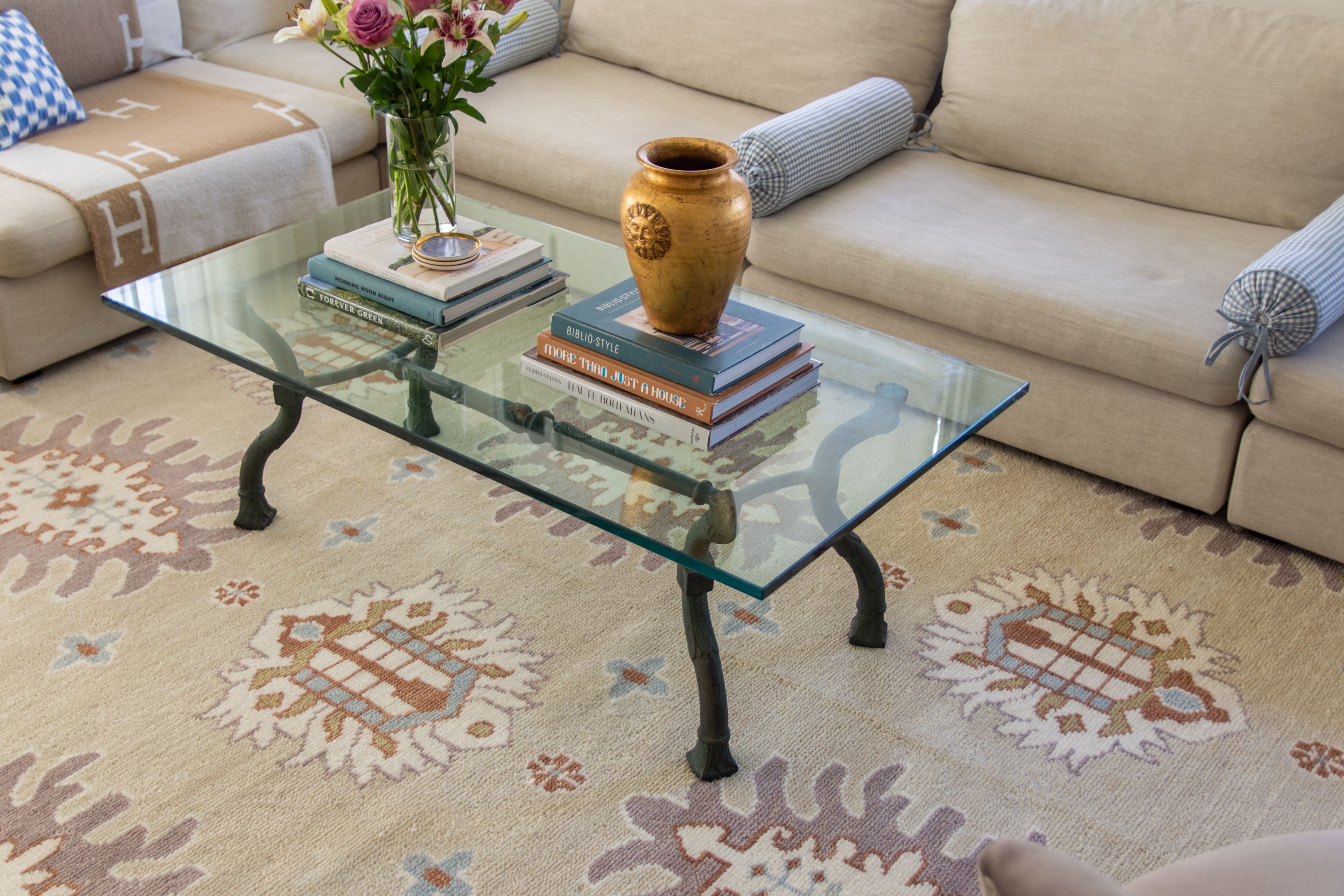How to Choose the Right Roofing Material for Your Home
Choosing the right roofing material for your home is an important decision that affects both your house's aesthetic appeal and functionality. With so many options available, it can be overwhelming to make the right choice.
In this guide, we’ll explore different roofing materials, their pros and cons, and factors to consider to help you select the best option for your needs.
Comparison Table of Roofing Materials
|
Roofing Material |
Description |
Pros |
Cons |
Suitability |
|
Asphalt Shingles |
Affordable and versatile |
Cost-effective, easy installation, variety of styles |
Lifespan 15-30 years, may not withstand extreme weather |
Most climates |
|
Metal Roofing |
Durable and energy-efficient |
Long lifespan, low maintenance, recyclable |
Higher upfront cost, potential noise in rain |
All climates, especially harsh weather conditions |
|
Wood Shingles/Shakes |
Natural aesthetic, good insulation |
Environmentally friendly, insulation properties |
Higher maintenance, susceptible to rot and pests |
Mild climates |
|
Clay/Concrete Tiles |
Distinctive appearance, excellent durability |
Long lifespan, fire-resistant, energy-efficient |
Heavyweight, higher installation cost |
Hot and dry climates, not seismic areas |
|
Slate Roofing |
Elegant and extremely durable |
Long lifespan (100+ years), fire-resistant, low maintenance |
Very high cost, requires skilled installation |
Cold climates, upscale homes |
Factors to Consider
Before looking into specific roofing materials, consider these factors to narrow down your options:
- Climate: Your local climate plays a significant role in determining the best roofing material. Some materials are better suited for hot climates, while others perform well in cold or rainy environments.
- Budget: Determine your budget for the roofing project, including materials and installation costs. Keep in mind that higher-quality materials may have a higher upfront cost but can offer better durability and longevity.
- Durability: How long do you want your roof to last? Different materials have varying lifespans, ranging from 20 years to over 50 years or more with proper maintenance.
- Aesthetic Preferences: Consider the architectural style of your home and your personal aesthetic preferences. Choose a roofing material that complements the overall look of your house.
- Maintenance Requirements: Some roofing materials require more maintenance than others. Consider how much time and effort you’re willing to invest in maintaining your roof over the years.
- Local Building Codes: Check with local authorities or roofing contractors to ensure the roofing material you choose complies with building codes and regulations in your area.
Popular Roofing Materials
Let’s explore the most common types of roofing materials, their characteristics, and suitability for different climates and preferences:
1. Asphalt Shingles
- Description: Asphalt shingles are North America's most popular roofing material due to their affordability and versatility.
- Pros: Cost-effective, easy to install, available in various colors and styles.
- Cons: Lifespan typically ranges from 15 to 30 years, depending on quality and climate.
- Suitability: Ideal for most climates, especially areas with moderate weather conditions.
2. Metal Roofing
- Description: Metal roofs are durable and can withstand extreme weather conditions.
- Pros: Long lifespan (typically 40 to 70 years), low maintenance, energy-efficient, recyclable.
- Cons: Higher upfront cost compared to asphalt shingles can be noisy during rain.
- Suitability: Excellent for areas with heavy snowfall or high winds; also suitable for hot climates.
3. Wood Shingles or Shakes
- Description: Wood shingles are made from natural materials like cedar or redwood.
- Pros: Natural aesthetic appeal, good insulation properties, and environmental friendliness.
- Cons: Higher maintenance required (regular inspections and treatments), susceptible to rot and pests.
- Suitability: Best for mild climates where moisture and extreme weather are less of a concern.
4. Clay or Concrete Tiles
- Description: Clay or concrete tiles offer a distinctive look and excellent durability.
- Pros: Long lifespan (50 years or more), fire-resistant, low maintenance, energy-efficient.
- Cons: Heavyweight requires reinforced roof structure, higher installation cost.
- Suitability: Suitable for hot and dry climates, not recommended for areas prone to seismic activity.
5. Slate Roofing
- Description: Slate is a natural stone roofing material known for its elegance and longevity.
- Pros: Extremely durable (100+ years), fire-resistant, low maintenance, unique aesthetic appeal.
- Cons: Very high cost, requires skilled installation due to weight and fragility.
- Suitability: Ideal for upscale homes and historical buildings, best in regions with cold climates.
Conclusion
Choosing the right roofing material for your home involves considering various factors such as climate, budget, durability, aesthetics, maintenance requirements, and local building codes. Asphalt shingles are popular for their affordability and versatility, while metal roofing offers durability and energy efficiency.










